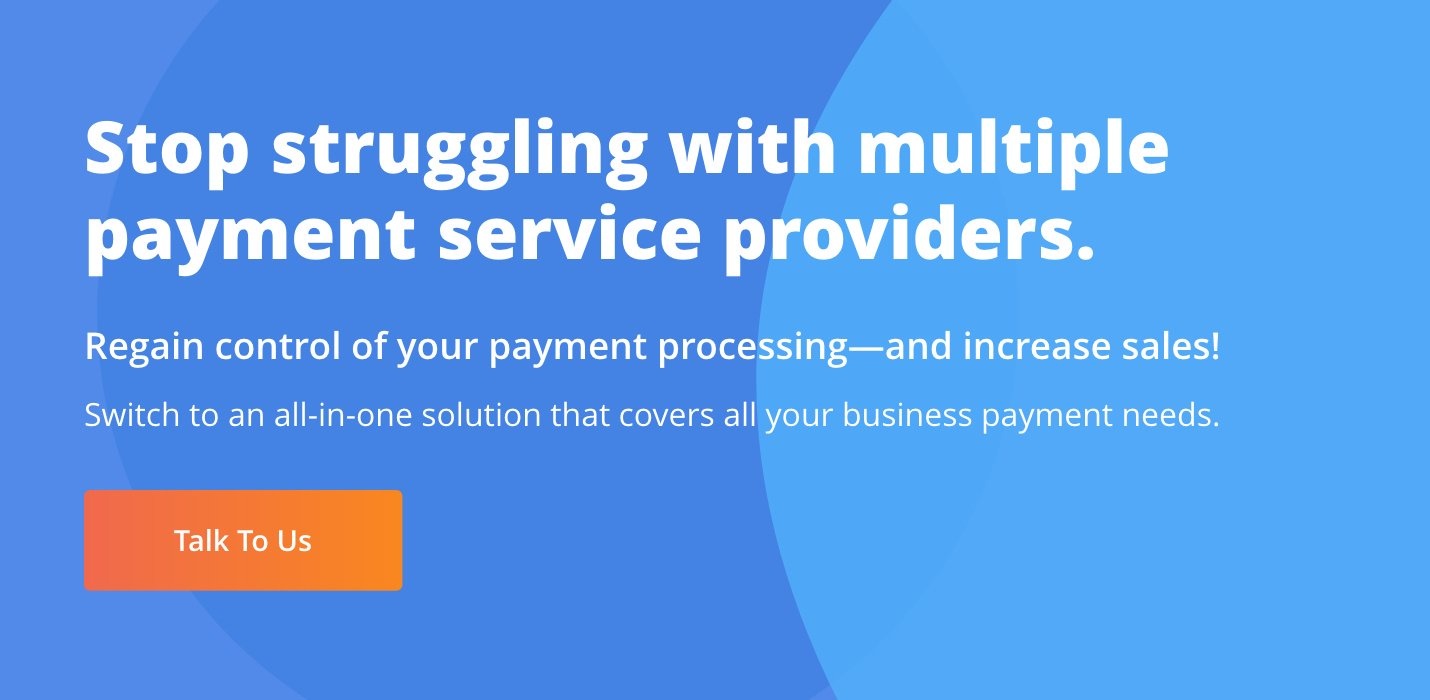Did you know that 65 percent of consumers would purchase from a merchant outside their own country if the price is right? It’s highly likely you’re already attracting international customers from some of the biggest eCommerce markets, including China (where 20 percent of its more than 700 million internet users will make at least one cross-border purchase over the internet), the U.K., and Japan. That’s great—but simply attracting the attention of global customers isn’t enough to get the sale. If your global payment processing isn’t up to snuff, you could be losing as many potential sales as you attract.
Why does global payment processing matter?
It’s not uncommon for a payment gateway to say that it “supports global sales.” But what does that really mean?
It could mean anything from allowing you to handle only major credit card transactions in other countries to offering a full-blown “localized” payment experience for your customers in other countries. The full-blown localized checkout experience actually helps you close more sales.
The full-blown localized checkout experience actually helps you close more sales. Click To Tweet
Here’s why localization of global payments matters:
1. 75 percent of shoppers prefer not to buy unless the site is presented in their native language.
Shoppers everywhere want to be able to read the checkout page; if they can’t, comfort levels plummet. (And so will sales.) So make sure the global payment processor you’re using can automatically detect a shopper’s URL and serve up the payment page in the appropriate language.
2. 23 percent of shoppers will abandon a sale if they can’t see the total cost in their local currency.
When shoppers can’t see the price of an item in their own currency, that makes them uncertain of the final cost. That uncertainty will drive away almost a quarter of cross-border customers. Leaving currency conversion calculations to the customer adds a great deal of friction to the checkout process, and if the calculations are not done right, customers may be surprised (and disappointed) if they paid more than they expected. To avoid losing those sales—and repeat customers—your checkout page should automatically adjust purchase prices to the correct currency based on a shopper’s URL.
There’s a lot more to optimizing global sales than the strategies listed here. Download our free white paper to find out everything you need to know to take maximum advantage of cross-border opportunities.
3. Up to 13 percent of shoppers will abandon the purchase if they don’t see a local payment option they prefer.
Some payment processors that claim to support global sales may be able to handle a major credit card transaction internationally (with Visa or Mastercard, for example), but that’s not good enough. Outside the U.S., the vast majority of sales are done using other payment methods, anything from cash vouchers to bank transfers to online banking options. Those methods vary by region. If your payment gateway doesn’t support numerous international payment methods, you may have to add an integration to another gateway at a later date—which can get very cumbersome very quickly.
4. Up to 17 percent more transactions are approved if your global payment processor partners with numerous banks around the world.
Localization isn’t limited to just checkout options—it also applies to behind-the-scenes processing methods. For every transaction, customers’ credit card information is passed along with an authorization request to an acquiring bank, which processes credit or debit card payments on your behalf. Most payment gateways (even those that say they “support global processing”) partner with a single acquiring bank within their own country. This arrangement sets up international transactions for failure because transactions that are seen as foreign have a higher probability of being flagged for fraud. So make sure your cross-border payment system utilizes numerous acquiring banks around the globe and has a routing system that sends transactions to the banks most likely to approve them.
Close more sales everywhere with localized global payment processing.
If any of the above elements are missing from your payment gateway, you’re not taking full advantage of today’s flourishing global eCommerce market. To get in the game, look for a payment processor that defines “global” as “local,” and is passionate about helping businesses like yours to succeed both at home and abroad—like BlueSnap! If you’d like to find out more about our localized payment processing features, get in touch.


